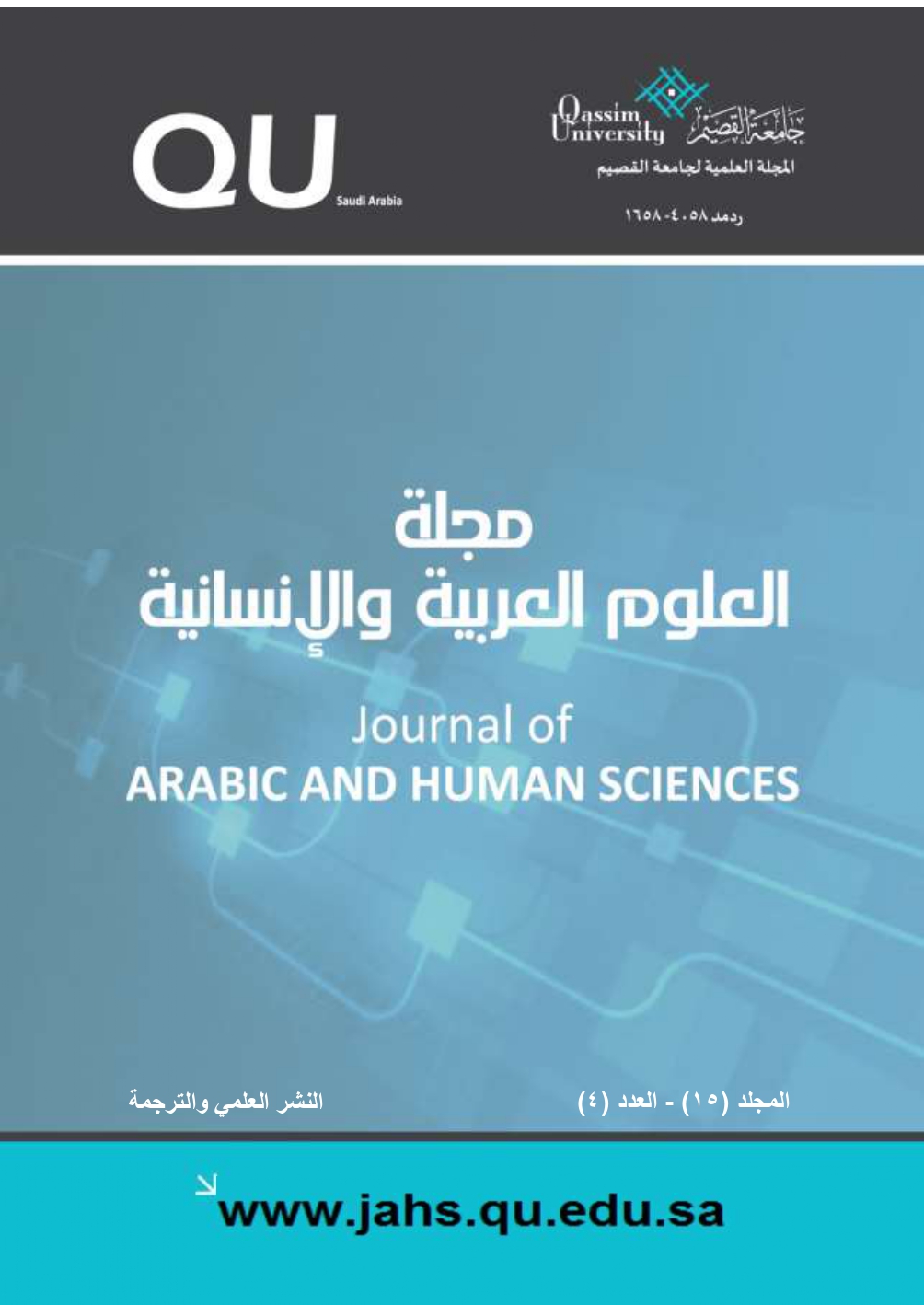Rhyming in Free-Verse (Taf‘īlī) Poetry, An Analytical Statistical study
Abstract
The research aimed at studying the formation of rhyme in free-verse poetry by presenting the critical attitude towards rhyme in free-verse poetry in the first topic, this was done by explaining the concept of rhyme in free-verse poetry, and its function, and the concept of a poetic sentence, and the concept of sound break, followed by an applied study in the second topic, the study relied on the statistical method for a sample of free-verse poems that reached (350) in total, as three forms of rhymes were studied, they are: the unified rhyme which reached (68%), and partial rhyme which reached (24%) , and various rhyme which reached (8%).
The study relied on applying the concept of poetic sentence in identifying the place of the rhyme, which is the system that the study recommends its usage instead of the system of poetic line, and it also recommends the use of the term (sound break) in reference to close words that appear at the endings of lines inside a particular poetic sentence, which comes to break the line of composition when the poetic sentence is long in replacement of the delay in mention of the rhyme. The study reached the following findings:
The spread of restricted rhymes and its predominance in free-verse poems at a proportion of (66%), and this result contradicts the compositional nature of the rhymes of old Arabic poems which contain few restricted rhymes.
The statistical study confirmed the compliance of poets with the rhythmic alphabets and parts – like radf, wasl, tahsīs, in the rhymes of the free-verse poem.


